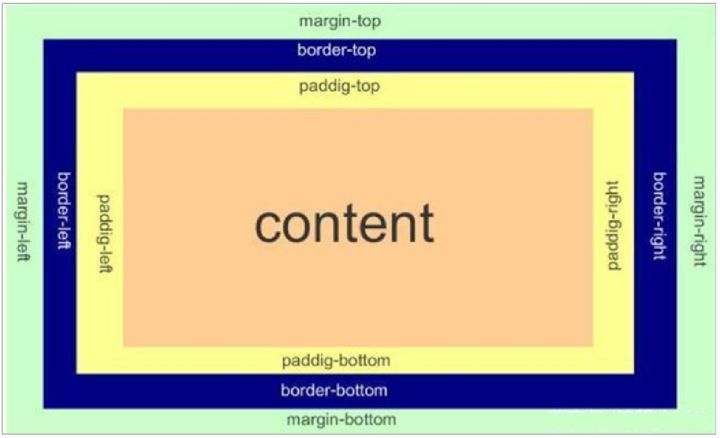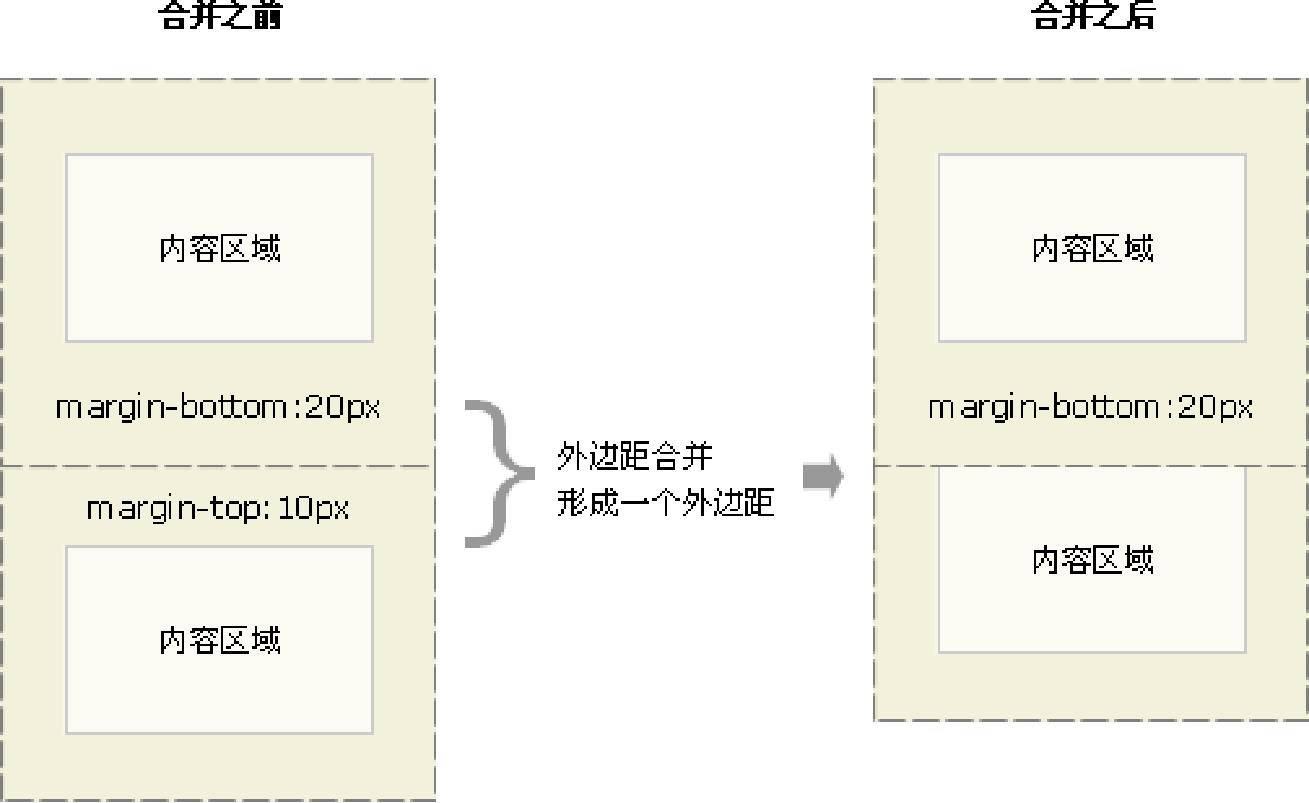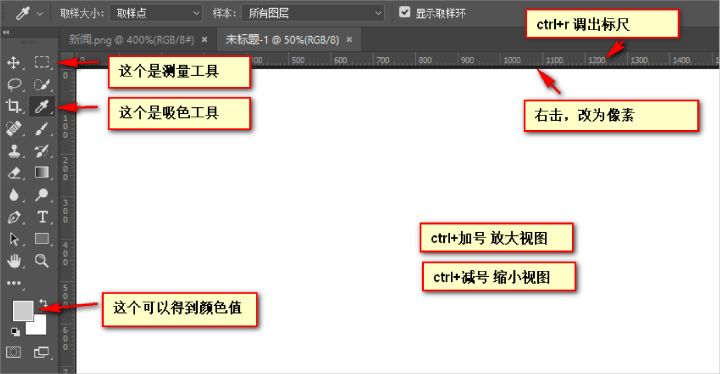什么是黑马?以及黑马原型-设计思维
Posted
tags:
篇首语:本文由小常识网(cha138.com)小编为大家整理,主要介绍了什么是黑马?以及黑马原型-设计思维相关的知识,希望对你有一定的参考价值。
参考技术A 2022-03-23/ www.learnwithkak.com/underdog- 是甚麼意思/
“Underdog”是来自斗狗活动,最初“Underdog”的写法是 “Under dog”,而它的反义词是“Top dog”。
那甚麼是”Underdog”和”Top dog”? 斗狗的时候,两只狗互相廝杀(非常残忍),打赢的狗会把输的狗压住,所以打赢的狗叫做 “Top dog”,打输的叫做 “Under dog”。
後来,”Under dog”的写法演变成“Underdog”,意思是处於弱势的一方。
(1)
A: Which team do you think will win the game?
A: 你觉得那一队会赢?
B: Team B! I’m rooting for the underdog.
B: B队! 我支持弱的那一队。
“Rooting for”是「支持」的意思。
(2) Jake was an underdog in high school, but he ended up graduating top of his class in college.
Jake在高中时成绩非常差,可是大学的时候他以全班第一名的成绩毕业。
(3) Peter is an underdog in the race against Joan.
在这场跟Joan的比赛中,Peter处於弱势。
也有这么比较的。用在体育运动中。
https://premierskillsenglish.britishcouncil.org/course-stages/discussion-underdogs-and-dark-horses
Discussion - underdogs and dark horses
In this discussion, you are going to share your ideas about underdogs and dark horses.
An underdog in a sporting competition is a competitor that nobody thinks will win. At the start of the season, nobody thought that Leicester City had a chance. They were probably the lowliest underdog in the league. This is what makes their success so remarkable.
A dark horse in sports is an unknown team, or a team with unknown strengths that goes on to surprise people by winning or doing better than everyone expected.
Both of these expressions are used to talk about people in general. Underdogs are the people in society that nobody expects to be successful. Dark horses show surprising strengths, skills or intelligence that nobody ever imagined.
Stories about dark horses and underdogs are inspiring because they show us that everyone has a chance to win or be successful.
继续:这本书不错。值得读一读。
Rose, Todd, and Ogi Ogas. Dark horse: Achieving success through the pursuit of fulfillment. HarperCollins, 2018.
有人写了一篇博客文章,谈其感受。
https://narrativescience.com/resource/blog/how-to-beat-your-competition
A “dark horse” is defined as a candidate or competitor about whom little is known but who unexpectedly wins or succeeds. Personally, I’ve always aspired to be a dark horse, though I can’t say I’ve ever truly embodied one. I recently finished “ Dark Horse ” by Todd Rose and Ogi Ogas (of the Harvard Graduate School of Education, not the Katy Perry song). This made me reevaluate not only how I think about personal fulfillment but also how companies can succeed by adopting the dark horse mentality.
Our world is heavily rooted in the concept of standardization—all with the purpose of creating the perfect output. You can see this in assembly lines, our education system, and how we develop careers (ever heard of climbing the corporate ladder? Puke!). Because of this, we tell ourselves that in order to get ahead in society at large, you have to pick your path and do it better than the last person if you want to succeed.
The dark horse mentality on the other hand, according to Rose and Ogas, is rooted in the idea that in order to have a fulfilling life, you do not have to “pick” a pre-defined, standard path. Instead, you need to identify your micro-motives, choose (not “pick”) your path, create a plan, and stick to it without worrying so much about the outcome. This requires individuals to move away from the “Standardization Covenant,” a world in which we all attend the same schools and perform the same jobs, and shift focus to things that motivate you.
After reading the book, I was immediately drawn to the parallels in business. In short, there are three areas to consider.
Think of Uber, Airbnb, and Narrative Science (had to do it!). Each of these companies decided to shun the status quo (or the “standard”), find a way to do things entirely different, and, in turn, unexpectedly succeed. Talk about an easy way to beat out your competition. At Narrative Science, our micro-motive is tied to the fact that not everybody loves data, but everybody needs data and everybody can understand language (welcome to data storytelling!).
Nobody likes mundane work. By giving your people technology that gives them answers to common business problems, you can free up time to be more creative. The future of work is a world in which our people are more free-flowing and creative in their day-to-day. Companies that stifle their people with manual standard processes will be left behind, while those that find the right technology will enable cross-functional teams to be dark horses in their own right.
Challenge your people to think about their micro-motives. This is management 101. Find out what motivates your people, and then harness those motivators and put your people in a position to win. It’s imperative that you know your employees’ micro-motives so they can work on things that bring them the most fulfillment in their lives, at home, or at work. And don’t be afraid if those motives are not aligned with the company’s needs. People are owed the right to choose their own path, and the more we can help each other in that journey, the better and more impactful we’ll be at your company and in your life.
The next time you find yourself doing the same thing over and over again, or doing the same thing as your peers or competitors, I encourage you to stop it. Start thinking about what truly motivates you, create a plan, and act in ways that set you apart from everybody else. Said another way, be different.
Be a dark horse.
“黑马”被定义为鲜为人知但出人意料地获胜或成功的候选人或竞争对手。就个人而言,我一直渴望成为一匹黑马,尽管我不能说我曾经真正体现过一匹黑马。我最近完成了 Todd Rose 和 Ogi Ogas(哈佛教育研究生院的,不是 Katy Perry 的歌)的“ Dark Horse ”。 这让我不仅重新评估了我对个人成就的看法,还重新评估了公司如何通过采用黑马心态取得成功。
我们的世界深深植根于标准化的概念——所有这些都是为了创造完美的输出。你可以在装配线、我们的教育系统以及我们如何发展职业生涯中看到这一点(听说过攀登企业阶梯吗?Puke!)。正因为如此,我们告诉自己,要想在整个社会上取得领先,你必须选择自己的道路,如果你想成功,你必须比上一个人做得更好。
另一方面,根据罗斯和奥加斯的说法,黑马心态植根于这样一种观念,即为了拥有充实的生活,您不必“选择”一条预先定义的标准路径。相反,您需要确定您的微观动机,选择(而不是“选择”)您的路径,制定计划并坚持下去,而不必太担心结果。这要求个人远离“标准化公约”,在这个世界中,我们都在同一所学校上学并从事相同的工作,并将重点转移到激励你的事情上。
读完这本书后,我立即被商业中的相似之处所吸引。简而言之,需要考虑三个方面。
想想 Uber、Airbnb 和 Narrative Science(必须这样做!)。这些公司中的每一个都决定回避现状(或“标准”),寻找一种完全不同的方式做事,并反过来取得意想不到的成功。谈论一种击败竞争对手的简单方法。在 Narrative Science,我们的微观动机与并非每个人都喜欢数据,但每个人都需要数据并且每个人都能理解语言这一事实相关(欢迎使用数据讲故事!)。
没有人喜欢平凡的工作。通过为您的员工 提供 技术 以解决常见的业务问题,您可以腾出时间来发挥创造力。工作的 未来 是一个我们的员工在日常生活中更加自由和富有创造力的世界。那些用手动标准流程扼杀员工的公司将被抛在后面,而那些找到合适技术的公司将使跨职能团队本身成为黑马。
挑战你的员工思考他们的微观动机。这就是管理 101。找出是什么激励了你的员工,然后利用这些激励因素,让你的员工处于获胜的位置。您必须了解员工的微观动机,这样他们才能从事能够让他们在生活、家庭或工作中获得最大满足感的事情。如果这些动机不符合公司的需求,请不要害怕。人们应该有选择自己道路的权利,在这段旅程中,我们越能互相帮助,我们在您的公司和您的生活中就会越好、越有影响力。
下次当你发现自己一遍又一遍地做同样的事情,或者和你的同行或竞争对手做同样的事情时,我鼓励你停止它。开始思考真正激励你的因素,制定计划,并以让你与众不同的方式行事。换一种说法,与众不同。
做一匹黑马。
黑马程序员前端-CSS盒子模型以及PS基础
前端学习笔记教程不定期更新中,传送门:
- 前端HTML第一天:什么是网页?什么是HTML?网页怎么形成?
- 黑马程序员前端-CSS入门总结
- 黑马程序员前端-CSS之emmet语法
- 黑马程序员前端-CSS的复合选择器
- 黑马程序员前端-CSS的显示模式
- 黑马程序员前端-CSS背景
- 黑马程序员前端-CSS三大特性:叠层性、继承性、优先级
上一期的CSS入门笔记没有更新完,继续更新中…
今天继续学习,CSS盒子模型以及PS基础。
下面开始继续更新内容,前面链接大家用来查漏补缺哦。
学习目录
一、盒子模型之网页布局的本质
网页布局的核心本质就是利用CSS摆盒子。

网页布局过程:
- 1. 先准备好相关的网页元素,网页元素基本都是盒子 Box 。
- 2. 利用 CSS 设置好盒子样式,然后摆放到相应位置。
- 3. 往盒子里面装内容
二、盒子模型(Box Model)组成
盒子模型:把 HTML 页面中的布局元素看作是一个矩形的盒子,也就是一个盛装内容的容器。
CSS 盒子模型本质上是一个盒子,封装周围的 HTML 元素,它包括:边框、外边距、内边距、和 实际内容

三、边框(border)
3.1 边框的使用
1、border可以设置元素的边框。边框有三部分组成:边框宽度(粗细) 边框样式 边框颜色;
2、语法:
border : border-width || border-style || border-color; 
边框样式 border-style 可以设置如下值:
- none:没有边框即忽略所有边框的宽度(默认值)
- solid:边框为单实线(最为常用的)
- dashed:边框为虚线
- dotted:边框为点线
3、边框的合写分写
border: 1px solid red; 边框分开写法
border-top: 1px solid red; /* 只设定上边框, 其余同理 */ 3.2 表格的细线边框
1、border-collapse 属性控制浏览器绘制表格边框的方式。它控制相邻单元格的边框。
2、语法:
border-collapse:collapse; collapse 单词是合并的意思
border-collapse: collapse; 表示相邻边框合并在一起
3.3 边框会影响盒子实际大小
边框会额外增加盒子的实际大小。因此我们有两种方案解决:
- 测量盒子大小的时候,不量边框。
- 如果测量的时候包含了边框,则需要 width/height 减去边框宽度
四、内边距(padding)
4.1 内边距的使用方式
1、padding 属性用于设置内边距,即边框与内容之间的距离。
2、语法:
合写属性:

分写属性

4.2 内边距会影响盒子实际大小
1、当我们给盒子指定 padding 值之后,发生了 2 件事情:
- 内容和边距有了距离,添加了内边距
- padding影响了盒子实际大小
2、内边距Udine盒子大小的影响:
- - 如果盒子已经有了宽度和高度,此时再指定内边框,会撑大盒子。
- - 如何盒子本身没有指定width/height属性, 则此时padding不会撑开盒子大小。
3、解决方案:
如果保证盒子跟效果图大小保持一致,则让 width/height 减去多出来的内边距大小即可。
五、外边距(margin)
5.1 外边距的使用方式
margin属性用于设置外边距,即控制盒子和盒子之间的距离

5.2 外边距的使用方式
外边距可以让块级盒子水平居中的两个条件:
- 盒子必须指定了宽度(width)。
- 盒子左右的外边距都设置为 auto 。
常见的写法,以下三种都可以:
margin-left: auto; margin-right: auto;
margin: auto;
margin: 0 auto;注意:以上方法是让块级元素水平居中,行内元素或者行内块元素水平居中给其父元素添加 text-align:center 即可。
5.3 外边距合并
使用 margin 定义块元素的垂直外边距时,可能会出现外边距的合并。
主要有两种情况:
1、相邻块元素垂直外边距的合并
当上下相邻的两个块元素(兄弟关系)相遇时,如果上面的元素有下外边距 margin-bottom,下面的元素有上外边距 margin-top ,则他们之间的垂直间距不是 margin-bottom 与 margin-top 之和。取两个值中的较大者这种现象被称为相邻块元素垂直外边距的合并。

2、嵌套块元素垂直外边距的塌陷
对于两个嵌套关系(父子关系)的块元素,父元素有上外边距同时子元素也有上外边距,此时父元素会塌陷较大的外边距值。

解决方案:
- 可以为父元素定义上边框。
- 可以为父元素定义上内边距。
- 可以为父元素添加 overflow:hidden。
5.4 清除内外边距
网页元素很多都带有默认的内外边距,而且不同浏览器默认的也不一致。因此我们在布局前,首先要清除下网页元素的内外边距。
*
padding:0; /* 清除内边距 */
margin:0; /* 清除外边距 */
注意:行内元素为了照顾兼容性,尽量只设置左右内外边距,不要设置上下内外边距。但是转换为块级和行内块元素就可以了
六、PS基本操作
因为网页美工大部分效果图都是利用 PS(Photoshop)来做的,所以以后我们大部分切图工作都是在 PS 里面完成。
部分操作:
- 文件→打开 :可以打开我们要测量的图片
- Ctrl+R:可以打开标尺,或者 视图→标尺
- 右击标尺,把里面的单位改为像素
- Ctrl+ 加号(+)可以放大视图, Ctrl+ 减号(-)可以缩小视图
- 按住空格键,鼠标可以变成小手,拖动 PS 视图
- 用选区拖动 可以测量大小
- Ctrl+ D 可以取消选区,或者在旁边空白处点击一下也可以取消选区

2022年前端学习路线图:课程、源码、笔记,技术栈
欢迎小伙伴们留言哦,期待看到大家的进步。另外此线路图实时更新!需要课后资料的友友们,可以直接告诉我。

以上是关于什么是黑马?以及黑马原型-设计思维的主要内容,如果未能解决你的问题,请参考以下文章